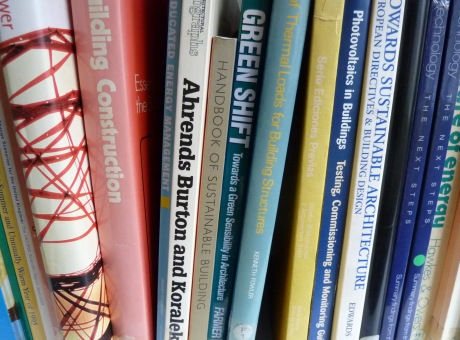Ventilation in energy efficient UK homes: a user experience of innovative technologies.

8 September 2013
A widely adopted mechanism for reducing the amount of energy consumed in dwellings is to increase airtightness and reduce ventilative heat losses through the building envelope. As building regulations get more stringent, we are having to change the way we ventilate our homes, to address the challenge of providing adequate ventilation while maximising energy efficiency. The construction industry has responded through the use of whole-house ventilation systems. Although these innovative technologies may have great potential, our increasing awareness of the role of people’s actions on domestic energy consumption prompts us to question how the residents’ experiences of these ventilation technologies relate to those anticipated by the designers of the system. Consequently, we cannot be certain that the expected energy savings will actually be achieved. This paper presents the findings of an exploratory study to investigate the processes by which residents in the UK embed energy efficient ventilation systems into their lives. This information is required if we are to ensure that the diffusion of continuous whole-house ventilation in UK housing results in the predicted and required energy savings, without compromising occupants’ health and comfort. This paper presents the findings of the first stage of a case study in which we examine how people engage with new ventilation technologies. A qualitative methodology was adopted, with data analysed using the domestication of technology theory, in order to explore the interactions between ventilation systems and their users. From this perspective we investigate to what extent the four stage model of domestication (appropriation, objectification, incorporation and conversion) proposed by Silverstone et al. (1992) can be used to interpret the findings of a case study exploring residents’ experience living in low energy homes which contain one of three ventilation systems: passive stack ventilation, mechanical extract ventilation and mechanical ventilation with heat recovery. Fieldwork is being conducted at three recently completed social housing developments in the UK, using in-depth interviews, photography and a walk-through of the dwelling with the resident, supported by analysis of design and construction documentation. The paper argues that seen through the theoretical lens of domestication theory, the phenomenon of adaptation to ventilation technology is complex and the findings challenge some of the assumptions of the four stage domestication model. We suggest that the users’ adaptation experiences could be better viewed within a conceptual two-dimensional ‘adaptation space’, where the two major axes are defined by the varying degrees of access to and utilisation of help and the different individual understandings of the system.
Ventilation in energy efficient UK homes: a user experience of innovative technologies.
Behar, C., CHIU, L.F. (2013)
The full text of this article is not available through UCL Discovery.
 Close
Close

